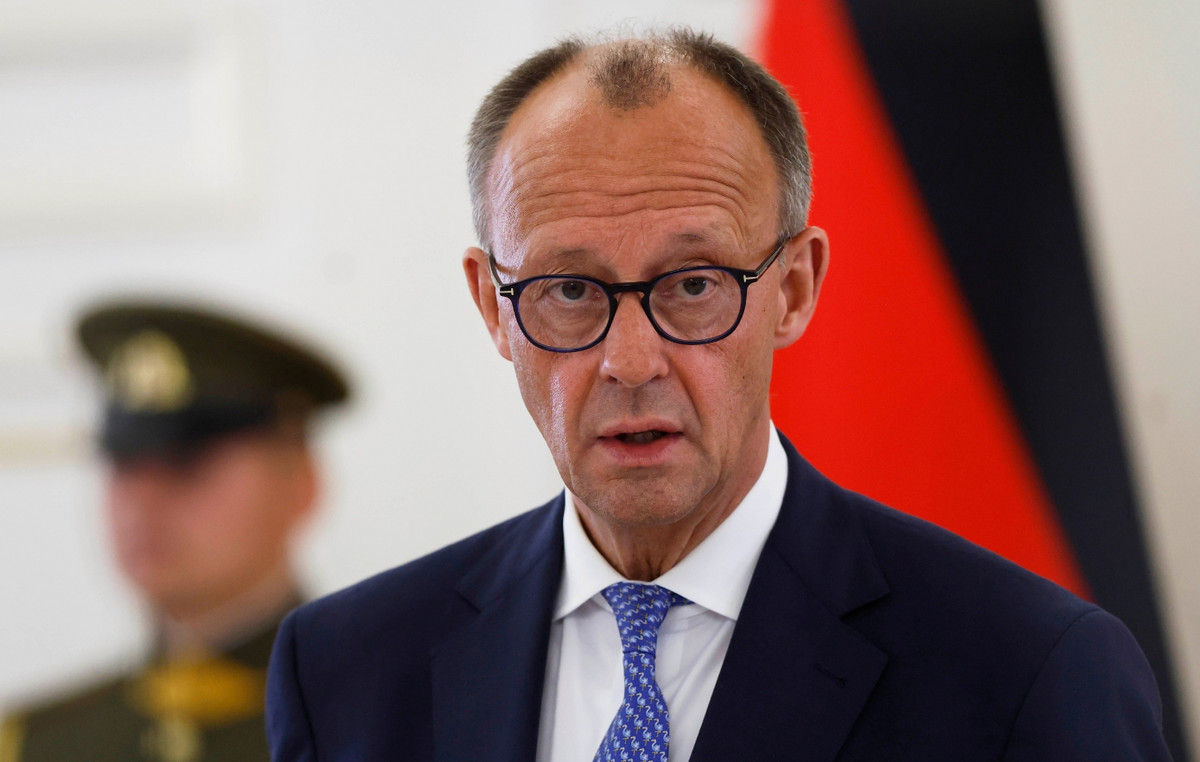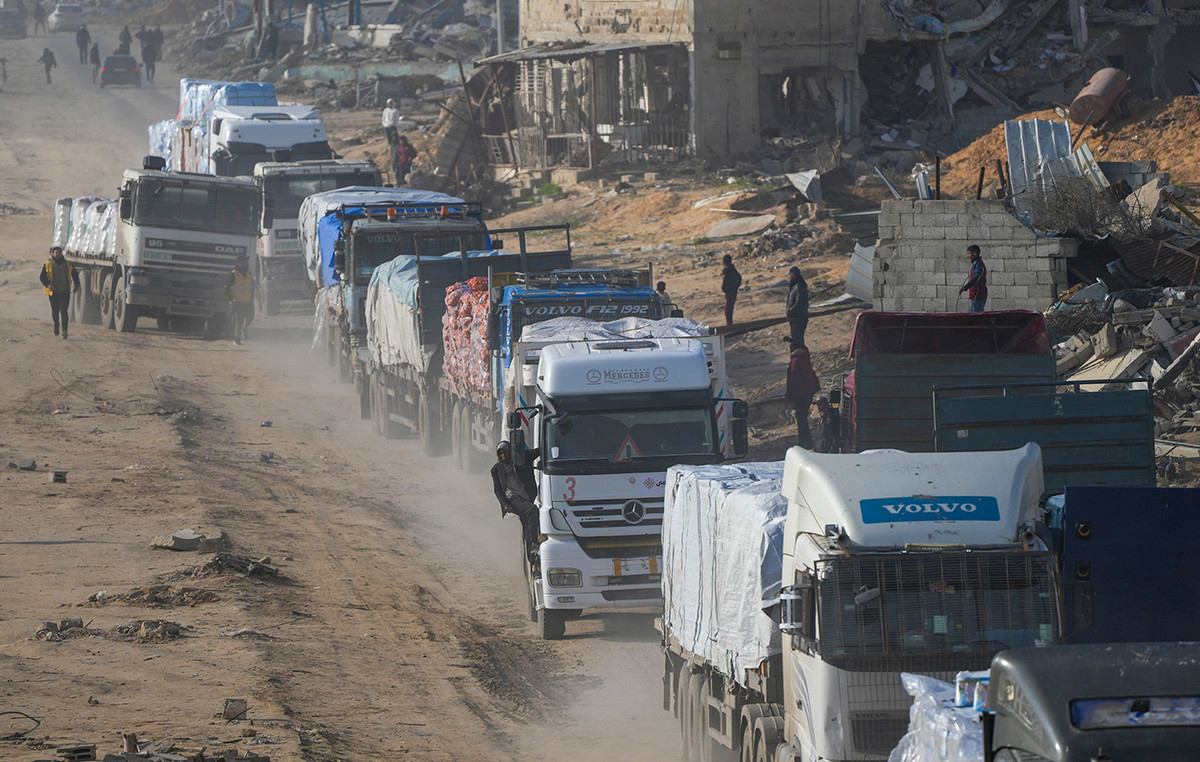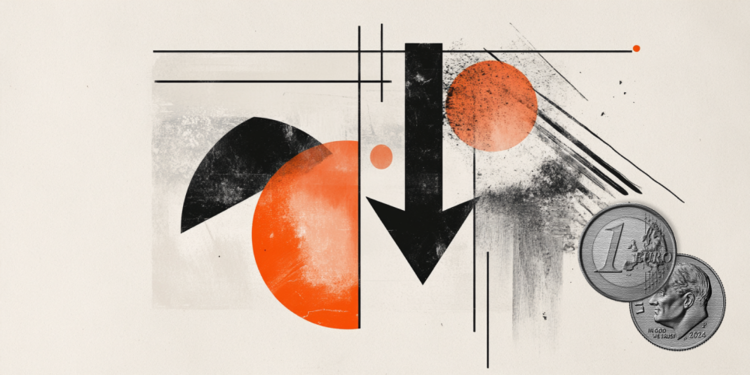The Infogripe bulletin, released this Wednesday (6) by the Oswaldo Cruz Foundation (Fiocruz), shows that Brazil has the lowest percentage of cases of Severe Acute Respiratory Syndrome (SARS) by Covid-19 in adults since the beginning of the pandemic.
According to the document, about 96% of SARS cases with laboratory identification were due to Covid-19 in the critical period in the country. However, in the last month, the positivity rate for the respiratory virus has dropped to 50.7%.
On the other hand, the survey indicates that the incidence of SARS cases in children and adolescents has maintained a significant rise in several states since the month of February, the period of resumption of the school year.
In children aged 0 to 4 years, laboratory data point to the influence of cases associated with respiratory syncytial virus (RSV). In the group from 5 to 11 years old, the numbers suggest an interruption in the fall in cases associated with Covid-19 and an increase in cases associated with other respiratory viruses in March.
Regarding the epidemiological week analyzed in the period from March 27 to April 2, the investigation is based on data entered in the Influenza Epidemiological Surveillance Information System (Sivep-Gripe) until April 4.
InfoGripe coordinator Marcelo Gomes notes that the rates show a decrease in SARS cases in adults, but the respiratory syncytial virus draws attention with the increase in registered infections.
“The study also shows a gradual deceleration in the rate of decline in SARS cases among the adult population and entry into a stable regime. On the other hand, the contribution of cases associated with RSV continues to grow, reaching 29.7% of the total number of cases with positive laboratory results for respiratory virus among cases in the same period”, observed the researcher.
Between January 2nd and April 2nd, 2022, 107,478 SARS cases were reported, of which 60,895 (56.7%) had a positive laboratory result for some respiratory virus, 31,883 (29.7%) were negative, and at least 9,171 (8.5%) awaiting the laboratory result.
Among the positive cases of the current year, 5.5% are Influenza A, 0.1% Influenza B, 3.9% respiratory syncytial virus and 86.7% for Covid-19.
Overview in states and capitals
In the last six weeks, 11 of the 27 federative units showed signs of growth in SARS cases: Acre, Amapá, Bahia, Distrito Federal, Espírito Santo, Maranhão, Paraíba, Piauí, Rio de Janeiro, Roraima and Tocantins.
Amazonas, Ceará, Mato Grosso, Mato Grosso do Sul, Pernambuco, Rio Grande do Norte and Sergipe point to stability in the last six weeks, while the others show signs of decline. In the last three weeks, only two states showed an increase in cases. They are: São Paulo and Rio Grande do Sul.
Gomes points out that, both in the states and in the capitals, this growth is attributed to the increase in cases among children and adolescents, not in the adult population.
Also among the capitals, the data show that 13 of the 27 capitals show signs of growth in the last six weeks: Aracaju (SE), Belém (PA), Campo Grande (MS), Cuiabá (MT), Florianópolis (SC), João Pessoa (PB), Macapá (AP), Palmas (TO), Porto Alegre (RS), Rio Branco (AC), São Paulo (SP), Teresina (PI) and Vitória (ES). In two others, signs of growth are observed only in the last three weeks: Curitiba (PR) and Manaus (AM).
Under supervision of Helena Vieira*
Source: CNN Brasil







